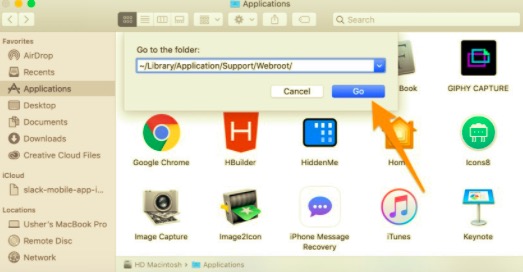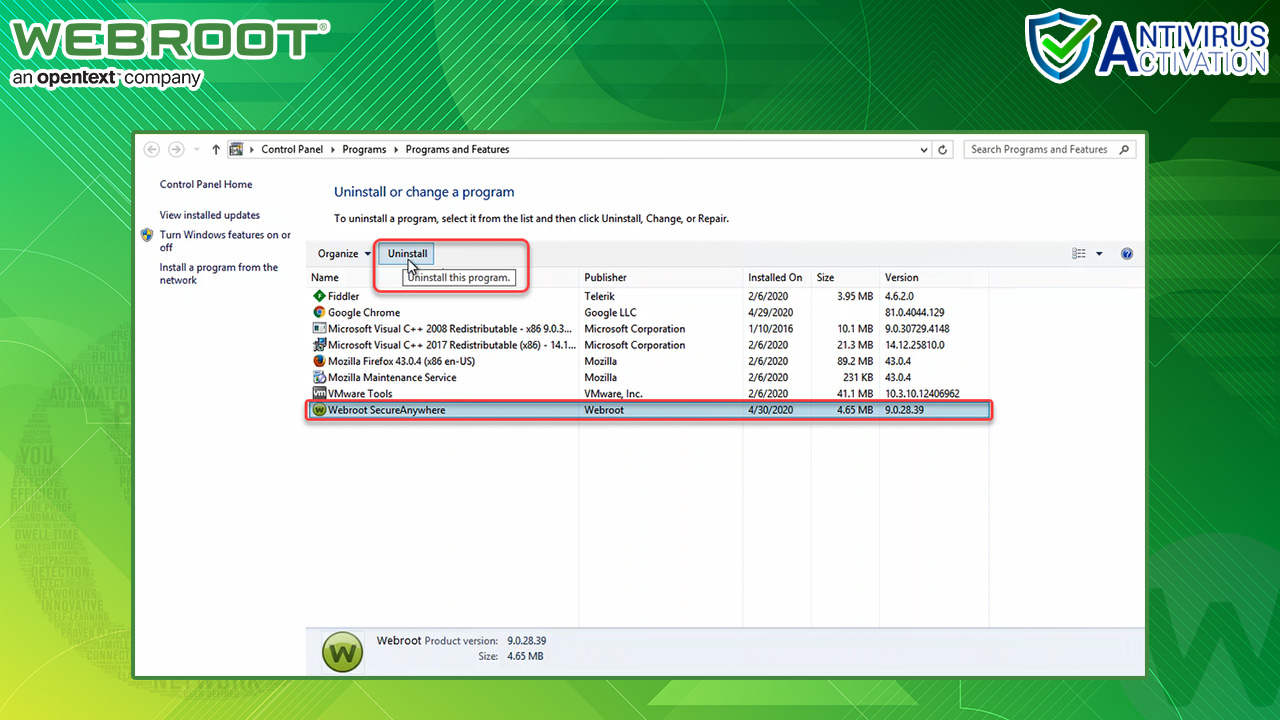
- Webroot removal tool for uefi infection serial#
- Webroot removal tool for uefi infection code#
- Webroot removal tool for uefi infection free#
This nifty little virus/tool was able to search and scan throughout my entire HDD, every single executable and file on the system that ended in ".exe" and destroy said file from the disk. So, back to my point about the USB Trojan-Horse I got from a High School workstation. Eventually, I think newer and better "cloud-based" antivirus, and I had pretty much tried them all: MalwareBytes, Avast, Avira, Kaspersky, Norton (bleh), McAfee, IOBit (which is freeware garbage), you name it I've tried it.
Webroot removal tool for uefi infection free#
This was back in the Windows XP days, and I had been using free antivirus at the time (AVG, AdAware, Spybot).
Webroot removal tool for uefi infection code#
Fun historical fact: I was the unlucky recipient of an infected USB drive (my own) that had somehow been programmed to behave like a logic bomb to where as soon as I had plugged it into the USB port in my PC it was going to run automated exploit code like clockwork. Unlike viruses and malware, these pesky little buggers self-replicate and spread more like an insect/parasite through ones infrastructure. Don't even get me started on worms, as those "worm" their way through networks and enterprise grade telco equipment to get to their destination. Especially if hardware DEP isn't available/just not configured within Windows.

They can even manifest in RAM when the PC is operational, as well as the CPU/Processor of the computer. Like TPM, it also relies on an algorithmic hashing protocol to verify the information.Viruses/Malware can take form in more than just the disk portion of the PC. It prevents the machine from relying on unsigned firmware images. Many modern computers come with this feature. It is best to use a computer with Intel BootGuard enabled. Resolving to the expected value means that their codes have not been tampered with. It checks whether the master boot record (MBR) and option ROM configuration-hashes match the expected value. The feature validates the integrity of the hardware through cryptographic hashing. Enable TPMĮnabling Trusted Platform Module (TPM) in BIOS after buying a new machine enhances security. It is important to note that the framework is by no means sufficient in preventing attacks and is merely a diagnostics tool. It also shows those that have been modified. It scans the BIOS for corrupted sectors and generates a report indicating whether the configurations are locked or not. CHIPSEC framework is among the premier recommended tools. To prevent a system from firmware attacks, the integrity of the BIOS or UEFI should be first checked. Unfortunately, many firmware providers only apply superficial security safeguards to these sensitive areas, thus allowing some critical modifications to be made by malicious entities. Because of its high memory privileges, it is used by hackers to access the operating system and firmware. System Management Mode (SMM) is present in x86-based processors. They also attempt to limit System Management Mode (SMM) and BIOS interactions to uphold BIOS integrity.

Webroot removal tool for uefi infection serial#
Most BIOS firmware codes are designed to prevent this by blocking edits on the Serial Peripheral Interface (SPI). Technically, reprogramming the BIOS is a task that can only be performed by a superuser. Because BIOS is located in memory rather than in the hard drive, this type of malware can’t be detected using regular antivirus. BIOS Malware AttacksīIOS-level malware usually rewrites the BIOS code and injects a malicious one. Infections are usually carried out via rootkits and bootkits.

Basic Input/Output System (BIOS) and Unified Extensible Firmware Interface (UEFI) systems are usually the primary vectors for firmware attacks.


 0 kommentar(er)
0 kommentar(er)
